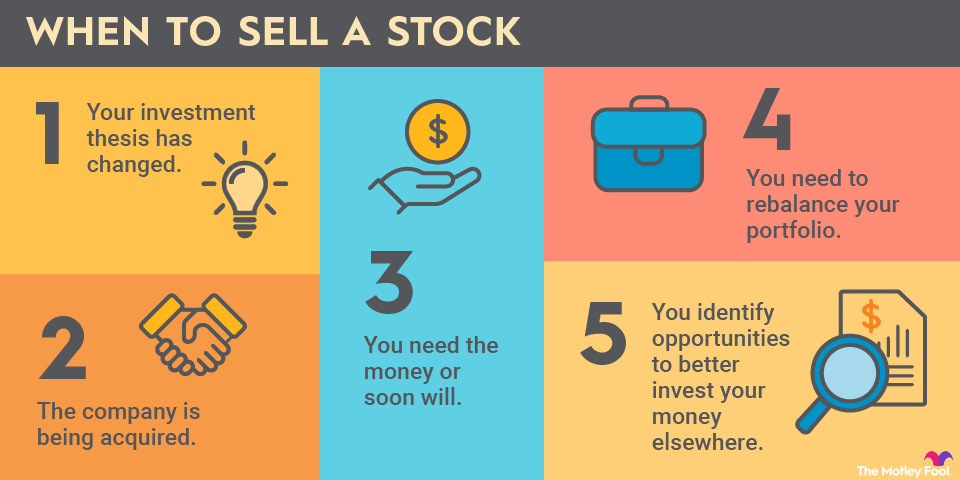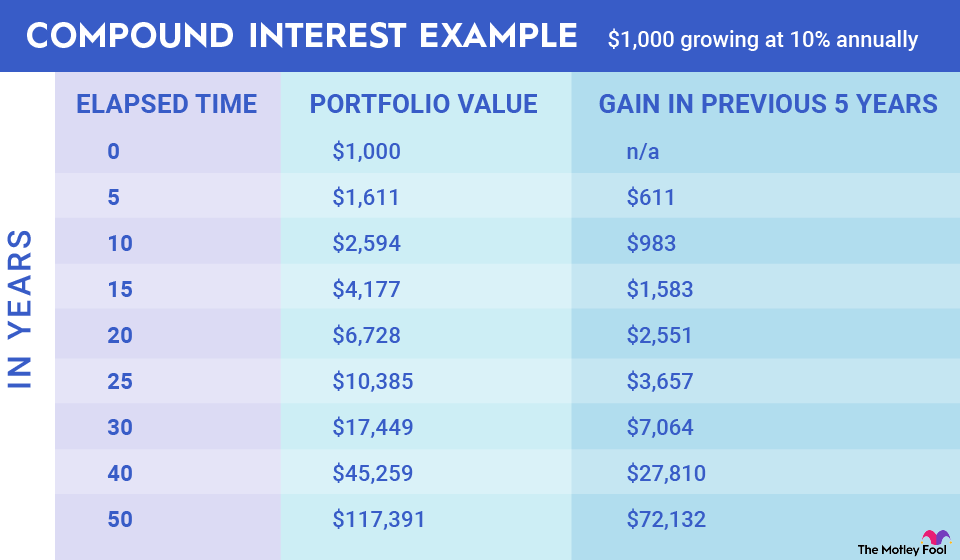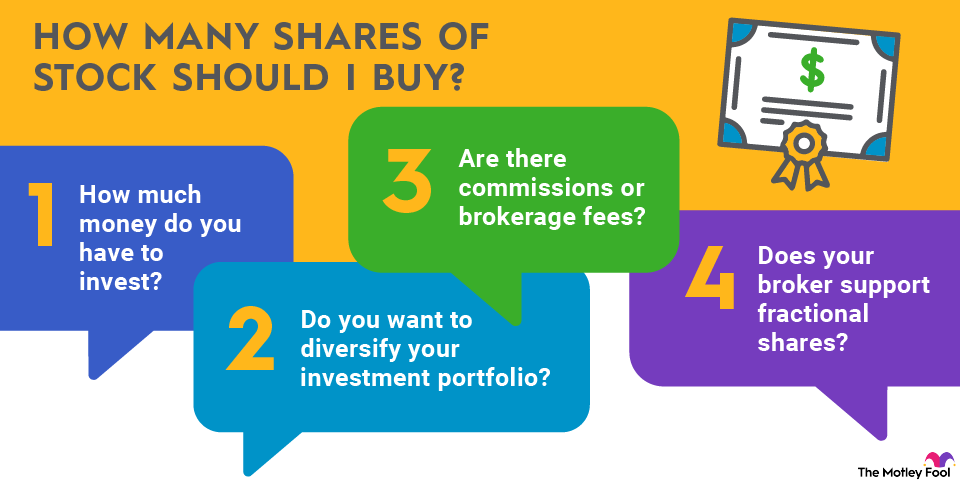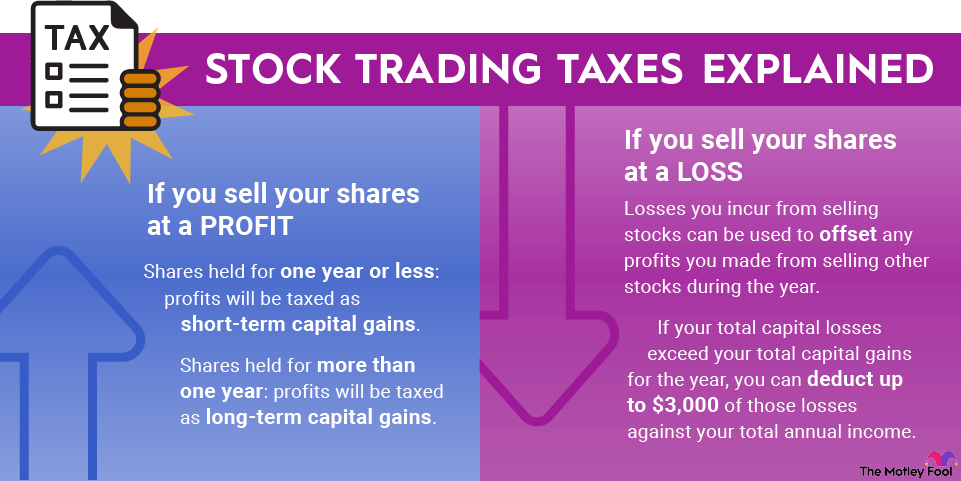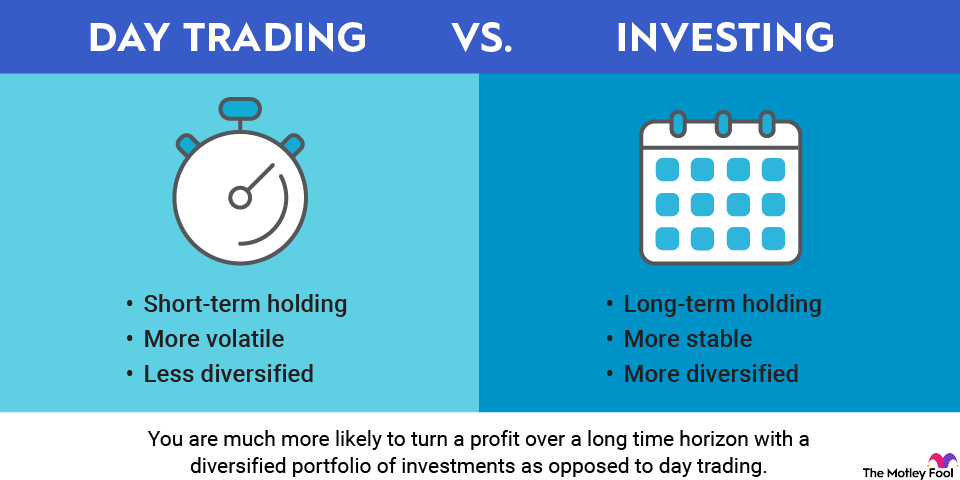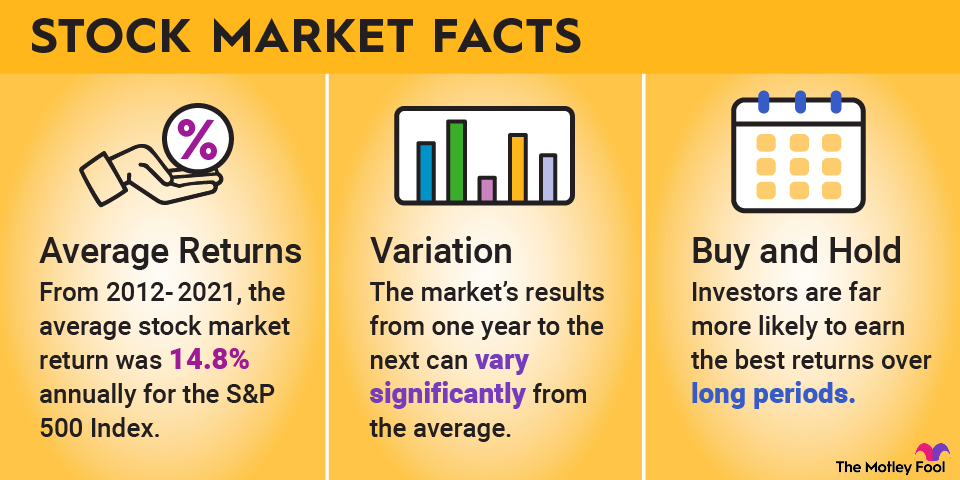Lyft (LYFT +0.31%) is a company millions of people interact with daily, and it has been one of the most influential companies when it comes to revolutionizing how we get around.
In this article, we'll discuss how to buy Lyft stock, some important things to know about the company before you do, and more.

NASDAQ: LYFT
Key Data Points
How to buy Lyft stock
Here's a step-by-step guide on what you'll need to do to buy Lyft stock.
- Open your brokerage account: Log in to your brokerage account where you handle your investments.
- Search for the stock: Enter the ticker or company name into the search bar to bring up the stock's trading page.
- Decide how many shares to buy: Consider your investment goals and how much of your portfolio you want to allocate to this stock.
- Select order type: Choose between a market order to buy at the current price or a limit order to specify the maximum price you're willing to pay.
- Submit your order: Confirm the details and submit your buy order.
- Review your purchase: Check your portfolio to ensure your order was filled as expected and adjust your investment strategy accordingly.
Should I invest in Lyft?
The answer to this question depends on a few factors, such as your risk tolerance and investment objectives. Let's take a look at some of the important facts and statistics.
Lyft launched in 2012 and has grown into one of the largest transportation networks in North America. The company believes the world will ultimately move away from vehicle ownership to utilizing transportation-as-a-service (TaaS) platforms.
Most of Lyft's revenue comes from matching riders with drivers and collecting service fees and commissions. It also rents light vehicles (shared bikes and scooters) for short trips and cars for Lyft drivers, offers services to businesses, sells bikes and bike station software, and generates revenue from a few other assets. Lyft is also in the early stages of developing a fleet of autonomous vehicles (Lyft Autonomous).
In the second quarter of 2025, Lyft produced more than $4.5 billion in gross booking volume on almost 235 million rides. Those bookings were up by 12% compared with the same period in 2024. So, the business is still growing at an impressive pace.
As of the same quarter, Lyft had 26.1 million active riders on its platform. That's 10% more than the previous year.
Lyft's strategy has recently pivoted toward identifying interesting opportunities and executing plans to take advantage of them. For example, Lyft has a partnership with DoorDash (DASH +0.80%) to offer exclusive benefits to the latter's customers who book rides.
Lyft has also rolled out innovative features, such as Women+ Connect, which matches women and nonbinary riders and drivers. The early feedback has been excellent. Finally, Lyft has done a good job of figuring out ways to better monetize its network of riders, such as incorporating third-party targeted advertising into its app.
Is Lyft profitable?
Lyft has become a profitable business. In the third quarter of 2023, it generated $1.6 billion in total revenue and produced $329.4 million in free cash flow (trailing 12-month free cash flow was $993 million.) In fiscal year 2024, Lyft's revenue totaled $5.8 billion, up from $4.4 billion the prior year.

Exchange-Traded Fund (ETF)
Will Lyft stock split?
As of September 2025, Lyft had a stock price of about $22 per share, which makes a stock split rather unlikely. Typically, companies with stock prices of several hundred dollars per share are the most likely to split. If things go well, Lyft could certainly get there eventually, but that's a big "if," and investors shouldn't expect a stock split anytime soon.
The bottom line on Lyft
If you're looking to invest in the future of transportation, Lyft can be an exciting way to do it. Make sure you do your research before you decide to commit any of your money, and be prepared to experience some ups and downs along the way.








